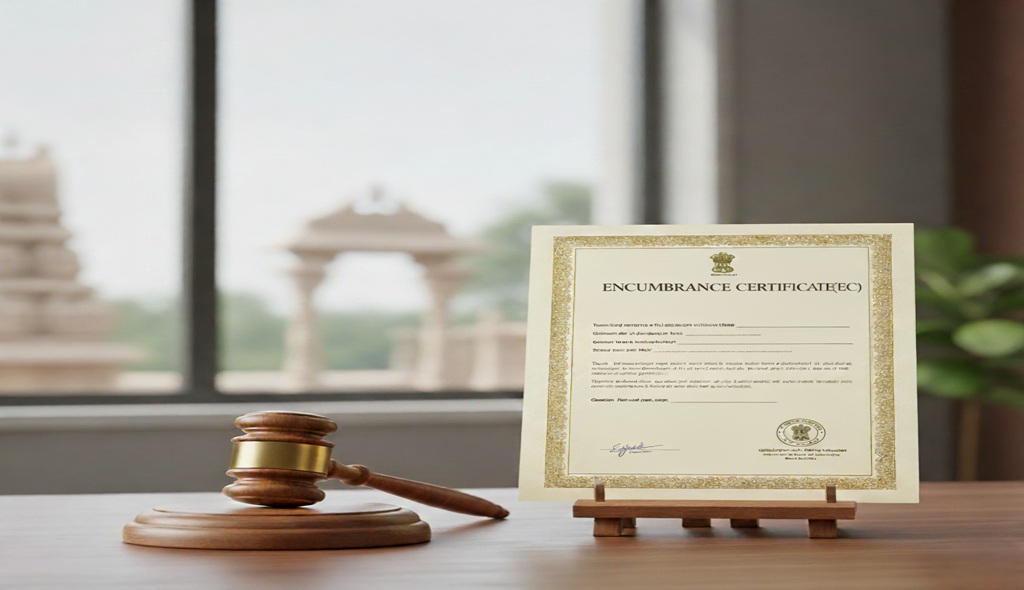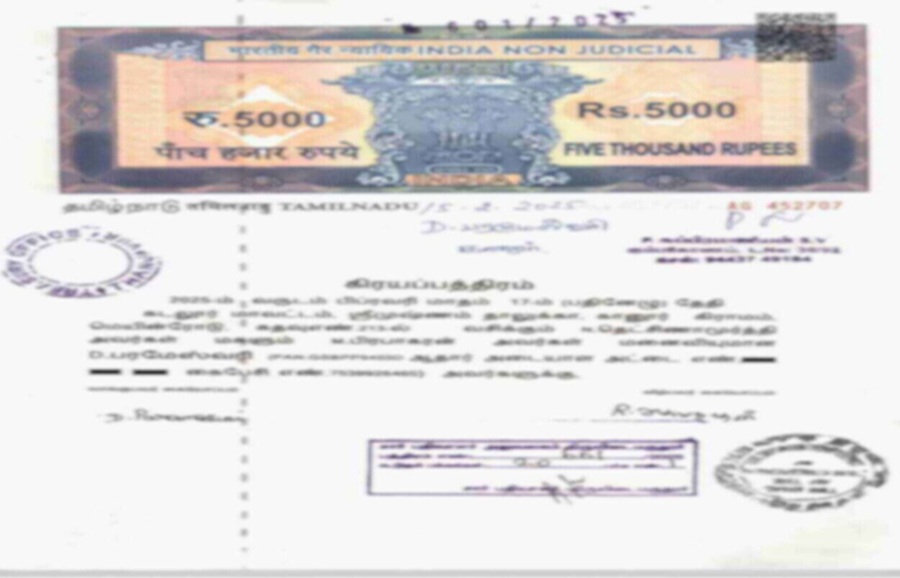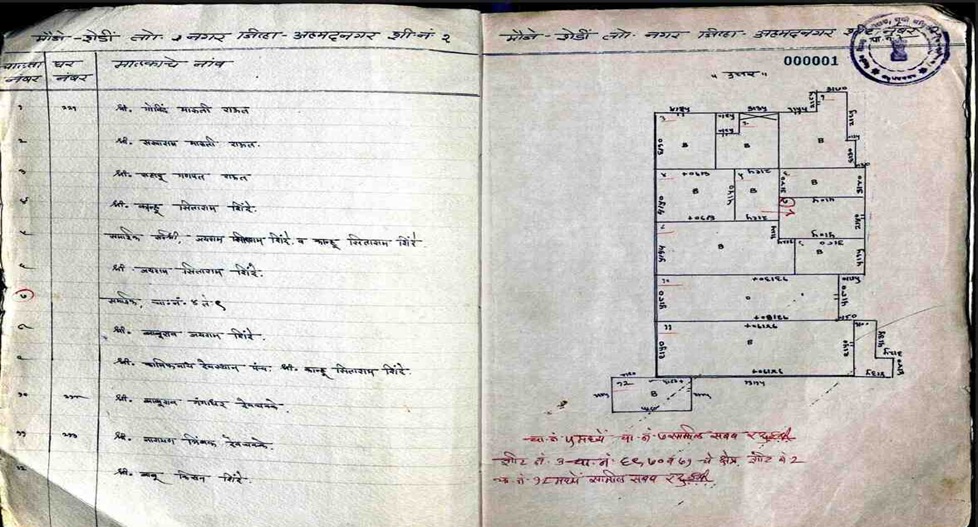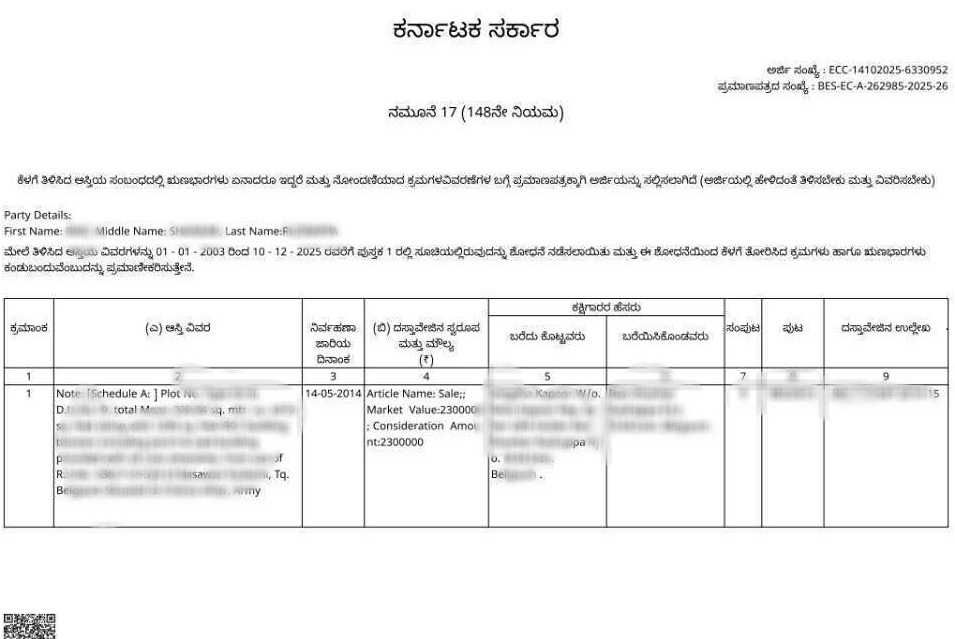What is an Encumbrance Certificate (EC) in Telangana?
An Encumbrance Certificate (EC) is an official document issued by the Registration and Stamps Department, Telangana, that shows the legal and financial history of a property. It lists all registered transactions such as sales, mortgages, leases, gifts, or releases. Most importantly, it confirms whether the property is free from any legal or financial liabilities.
Why is the EC Important for Property in Telangana?
- An EC shows all past transactions. If there are no encumbrances, it proves the title is clear—crucial during buying or selling property.
- Banks in Telangana demand a recent EC before approving home or land loans. They use it to verify that no other bank has a claim.
- The EC reveals past mortgages, legal cases, and liens—helping buyers and heirs avoid surprise disputes.
How to Download EC Online in Telangana via mypatta?
Now, you don’t need to visit the Sub-Registrar Office (SRO). With mypatta, you can download your EC easily.
Steps to Get EC from mypatta:
- Open mypatta and log in or sign up if needed.
- Go to property documents, ensure “Telangana” is selected as the state, then tap the “EC” icon.
- There are two ways to find a document in Encumbrance Certificate (EC)
- EC by Document Number – Fill SRO, Document Number and Registration Year
- EC by Property – Fill District, Mandal ,Village and Survey/Door/Flat Number
- Tap “Search”
- View and Download/Share/Save your official Encumbrance Certificate in PDF format.
What Details Does a Telangana EC Contain?
A typical Telangana Encumbrance Certificate includes:
- Property Details: The EC starts by listing the property’s full address and description (village, survey number, extent, etc.)
- Transaction History: It then shows a chronological list of all registered transactions on that property. Each entry notes the date, type of transaction (sale, mortgage, release, etc.), and the names of the parties involved.
- Status of Encumbrances: It also shows whether any liens or mortgages are currently on the property. If the EC is clean, this will indicate “No Encumbrance” or similar.
Together, these details give a clear snapshot of the property’s legal status. By reviewing the EC, a buyer or lender can verify every past deal and ensure nothing is missing or hidden.
Common Use Cases of EC in Telangana
- Buying/Selling Property: Verifies clean title before sale.
- Home Loans: Required by banks to approve loans.
- Inheritance/Succession: Confirms past transfers.
- Court Disputes: Used in legal evidence for property rights.
- Mutation & Property Tax: Required for updating land records.
Difference between Encumbrance Certificate and Sale Deed?
An Encumbrance Certificate shows the transaction history and liabilities on a property, while a Sale Deed is a legal document that proves the transfer of ownership from the seller to the buyer. Both are important but serve different purposes.
Frequently Asked Questions (FAQs)
1.What details are included in an Encumbrance Certificate in Telangana?
An EC includes details like the property owner’s name, property description, transaction history, mortgage or loan details, and any legal disputes or encumbrances related to the property.
2.What are the different types of Encumbrance Certificates in Telangana?
Telangana provides two types of ECs: (1)Form 15: Lists all transactions and encumbrances on the property. (2)Form 16 (Nil Encumbrance Certificate): Certifies that no encumbrances exist during the specified period.
3.What is a Nil Encumbrance Certificate in Telangana?
A Nil Encumbrance Certificate (Form 16) certifies that there are no financial or legal encumbrances on the property during the specified period.
4.Can an Encumbrance Certificate show joint ownership of a property?
Yes, if a property has joint ownership, the EC will reflect the names of all owners and their respective shares or interests in the property as recorded in the transactions.
5.How far back should I check the Encumbrance Certificate for a property in Telangana?
It’s recommended to check the EC for at least 20 to 30 years, depending on the legal and financial requirements, to ensure there are no hidden liabilities or disputes.”
Key Takeaway
- An Encumbrance Certificate (EC) in Telangana is essential for any property transaction.
- It shows whether the property is free from loans, disputes, or legal issues, ensuring peace of mind.
- With mypatta, you can easily check and download your EC online in just minutes—no office visit needed.
- Simple, fast, and reliable—get your EC effortlessly through mypatta.
Other Blog Links
1.https://mypatta.in/blog/certified-ec-telangana-how-to-apply-online-its-purpose-and-faqs/
6.https://mypatta.in/blog/pattadar-passbook-in-telangana-how-to-download-its-uses-faqs/
7.https://mypatta.in/blog/ror-1b-in-telangana-how-to-download-it-online-its-purpose-faqs/



